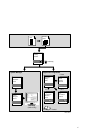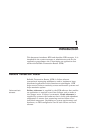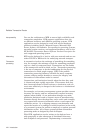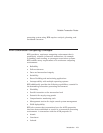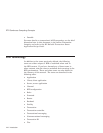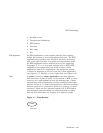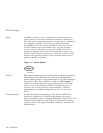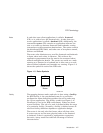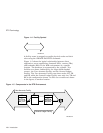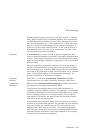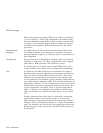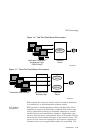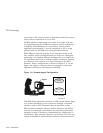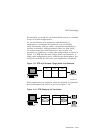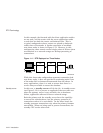
RTR Terminology
Roles
A node that runs client applications is called a frontend
(FE), or is said to have the frontend role. A node that runs
server applications is called a backend (BE). Additionally, the
transaction router (TR) contains no application software but
acts as a traffic cop between frontends and backends, routing
transactions to the appropriate destinations. The router controls
the distributed RTR nodes, and takes care of two-phase commit,
failover and failback.
The router also eliminates any need for frontends and backends
to know about each other in advance. This relieves the
application programmer from the need to be concerned about
network configuration details. The router can reside on a node
running as a frontend or a backend but is often run on a node
where neither backends nor frontends are running. Figure 1–3
shows the symbol for each of the RTR roles.
Figure 1–3 Roles Symbols
FE TR BE
Frontend Transactional
Router
Backend
VM-0821A-AI
Facility
The mapping between nodes and roles is done using a facility.
An RTR facility is the user-defined name for a particular
configuration whose definition provides the role-to-node map
for a given application. The facility symbol (see Figure 1–4)
illustrates its use in the RTR environment. Nodes can share
several facilities. The role of a node is defined within the scope
of a particular facility. Normally a facility is defined across all
roles but facility definition depends on application design.
The router is the only role that knows about all three roles.
A router can run on the same physical node as the frontend
or backend, if that is required by configuration constraints,
but such a setup would not take full advantage of failover
characteristics.
Introduction 1–7



